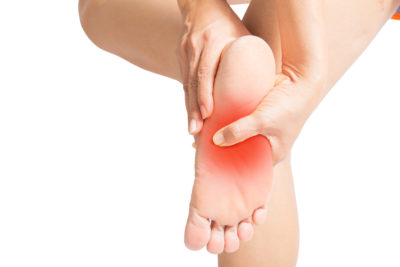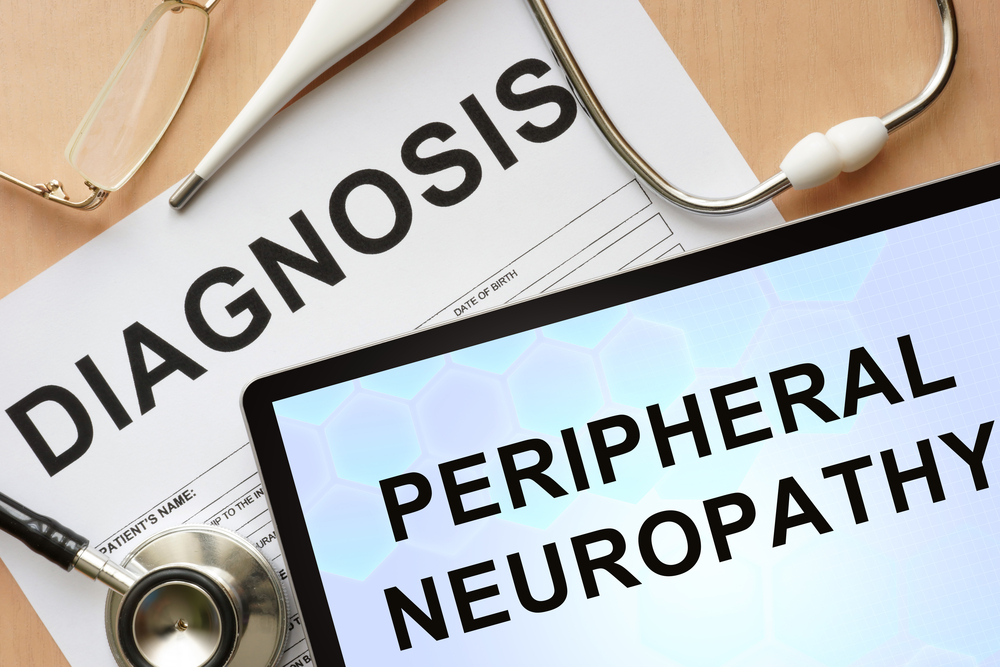Your nervous system is an important body system that regulates movement, responses, and other sensory information. It is comprised of a complex network of bundled cells, called neurons, that transmit electrical impulses from the brain to the rest of your body and back again. Your central nervous system includes your brain, spinal cord, and the nerves within. The peripheral nervous system refers to the network of nerves and nerve tissue that runs throughout the rest of the body.
Peripheral neuropathy occurs when peripheral nervous system functioning is impaired by damage or disease.
Types
There are hundreds of types of peripheral neuropathy, and these can be organized into the following categories:
- Autonomic nerve neuropathies- Damage to the autonomic nerves that control the involuntary processes of internal organs, such as the heart, lungs, and digestive system.
- Sensory neuropathies- Damage to the nerves that control sensory input such as pain, touch, and temperature.
- Motor neuropathies- Damage to the nerves responsible for movement and muscle function.
- Combination neuropathies- Any combination of other neuropathy types.
Symptoms and Causes

a symptoms of peripheral neuropathy.
Most symptoms are numbness in the fingertips and foot.
Peripheral neuropathy can result from a vast array of conditions, lifestyle choices, and injuries. Some of these include:
- Diabetes
- Alcoholism
- Infections
- Injuries from sports or motor vehicle accidents
- Autoimmune disorders
- Vitamin deficiency and poor diet
- Tumors and certain cancers
Signs and symptoms of peripheral neuropathy:
- Tingling in your hands or feet
- Heat intolerance
- Losing sensation in body parts
- Loss of balance
- Muscle weakness or twitching
- Unexplained sharp pains or sensitivity to touch
Neurological Tests
EMG
Electromyography is a medical test that uses needles inserted into a patient’s muscle to detect and record electrical impulses produced in the muscle tissue. These impulses are then converted into a graph on a screen. By observing spikes or other irregularities, a neurologist can detect nerve degeneration associated with peripheral neuropathy.
Nerve Conduction Study
Also called a nerve conduction velocity test (NCV), this procedure uses electrodes attached to the skin to measure the speed of electric impulses traveling through the nerve. One electrode will stimulate the nerve with electric pulses while the other electrode records the velocity of the electrical impulses produced by the nerve.
This test is beneficial in assessing the extent and location of nerve damage.
Autonomic Nerve Testing
Autonomic nerve testing is comprised of different assessments that utilize changes in stimuli to measure the involuntary effects on heart rate, blood pressure, and sweating.
- In the Valsalva maneuver, the patient expels air forcefully from the mouth while the nose is pinched shut. During a deep breathing test, as the name suggests, the patient takes deep breaths for a predetermined period. A cuff will measure blood pressure while electrodes attached to the chest measure heart rate in both tests.
- During a table-tilt test, the patient is strapped to a motorized table. The table is then tilted into different positions while heart rate and blood pressure are monitored.
- With a quantitative sudomotor axon reflect test, sweat production is measured by electrodes attached to the skin. The electrodes send electrical impulses into the skin and may contain a substance that stimulates sweating.
The Arizona Institute of Neurology and Polysomnography is a leader in these state-of-the-art neurological tests and has helped numerous people get the diagnosis and treatment they need to lead healthier and happier lives.



